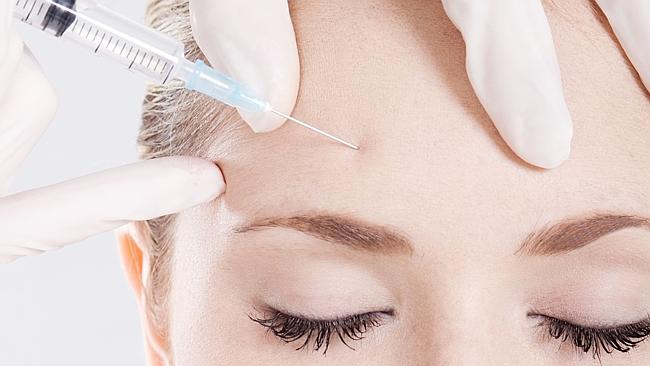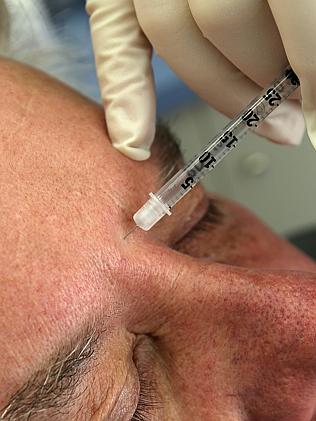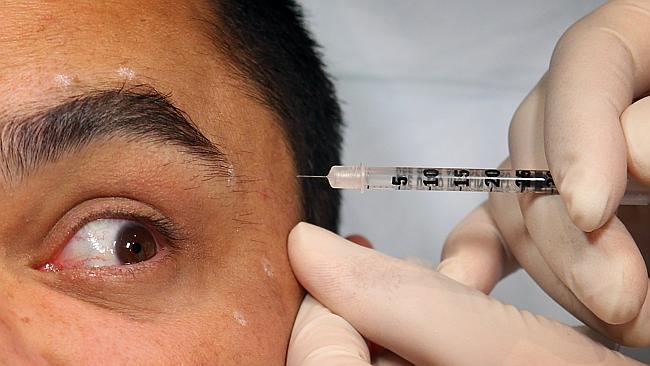Botox moves out of the beauty parlour into the medicine cabinet
THINK Botox is only for a certain type of person? Time to think again: it's now being used to treat everything from incontinence to cerebral palsy.

BOTOX has moved out of the beauty parlour and into the medicine cabinet and is now approved to treat no less than 10 ailments from cerebral palsy to severe sweating.
The latest use for the drug used to treat wrinkles is as a cure for urinary incontinence. Bureaucrats will decide next month whether to approve a subsidy for the medicine's use in treating an overactive bladder.
The treatment could help nearly 40,000 women and men who suffer severe incontinence.
Botox is a toxin behind a nasty form of bacterial food poisoning.
Swallowing too much of the toxin can make you very sick, but a purified form of Botox can relax the contraction of muscles when it is injected into them.
Botox injections have long been used in the cosmetic industry to smooth out wrinkles.
By blocking nerve impulses Botox relaxes the contraction of muscles allowing wrinkles to relax and soften.
Some people who overuse the substance for cosmetic purposes can end up with faces that are frozen.
But increasingly Botox is being used in the medical setting.
The substance has been registered in Australia to treat a range of ailments from migraine headaches to voice disorders.

The Pharmaceutical Benefits Advisory Committee which advises the government on which medicines should be subsidised under the medicine subsidy scheme will soon decide if Botox should get a rebate for urinary incontinence.
Overactive bladder or urge incontinence where there is no known cause can result in large volumes of urine loss without warning and some sufferers find it hard to leave home.
A New England Journal of Medicine study last year found injections of Botox into the bladder saw 70 per cent of women experience an average of three leaks a day compared to an average of five a day at the start of the study.
And twice as many women who received the Botox reported that their incontinence went away.
The injections would cost around $450 and have to be administered in a hospital setting.
Sufferers would need repeated injections every six to nine months to control their incontinence and the price tag for the taxpayer would be $35 million a year in five years' time.
At present the treatment is available in some private hospitals and subsidised by some health funds.
MEDICAL USES FOR BOTOX
Migraine headaches
Lazy eye
Involuntary blinking of the eye and twitching of the face
Involuntary muscle contractions which can cause the neck to twist and have repetitive movements
Spasticity due to juvenile cerebral palsy
Excessive underarm sweating
Treatment of stiff or tight muscles after head injury, spinal cord injury and stroke
Treatment of voice disorders where the vocal chords are stiff or tight causing an inability to vocalise





